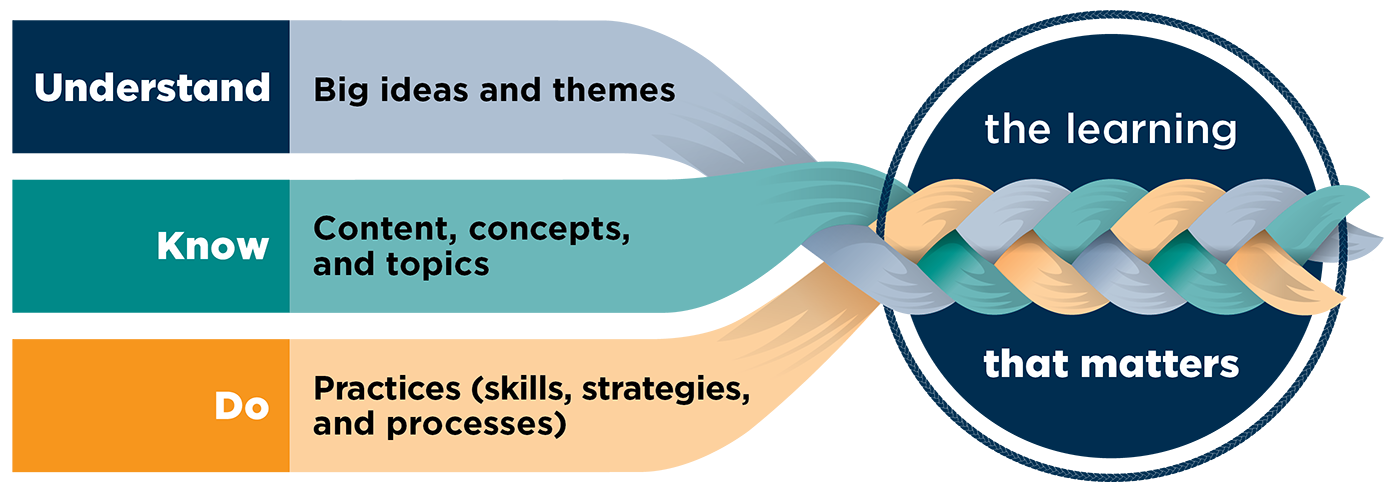NZC - Mathematics and statistics (Years 0-8)
Year 0-8 Mathematics and statistics Learning Area. From 1 January 2025 this content is part of the statement of official policy relating to teaching, learning, and assessment of Mathematics and statistics in all English medium state and state-integrated schools in New Zealand.

NZC – Mathematics and statistics Years 0‑8 |
NZC – Mathematics and statistics |
NZC – Mathematics and statistics |
NZC – Mathematics and statistics |
Orientation of the Maths Year 0-8 Learning Area
Links to mathematics and statistics supports and resources:
Get ready and prepare (ppt)
Get ready and prepare facilitation notes
Supports for implementing curriculum and assessment changes
Learning Content & Resources - Mathematics and Statistics
Structured Approach to Maths
Structured maths resources frequently asked questions (FAQs)
Ordering Ministry-funded maths resources
Structured maths professional learning and development (PLD)
2025 Programmes for Students (PfS) - ALL & ALiM
The Science of Learning Explained (NZC)
Teacher Only Days
What you told us, how we responded - mathematics and statistics
Down the back of the chair
About this resource
This page provides the Year 0-8 part of the Mathematics and statistics learning area of the New Zealand Curriculum, the official document that sets the direction for teaching, learning, and assessment in all English medium state and state-integrated schools in New Zealand. In mathematics and statistics, students explore relationships in quantities, space, and data and learn to express these relationships in ways that help them to make sense of the world around them. It comes into effect on 1 January 2025. The Year 9 to 13 content is provided on a companion page.
We have also provided the Maths Years 0-8 curriculum in PDF format. There are different versions available for printing (spreads), viewing online (single page), and to view by phase. You can access these using the icons below. Use your mouse and hover over each icon to see the document description.







